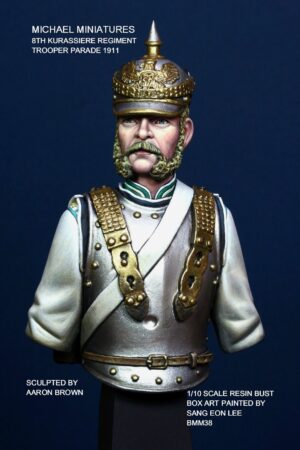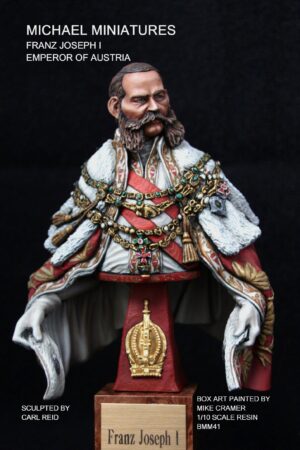Description
Abraham Lincoln
Commander-in-Chief of the Union Army
16th President of the United States
1/10 scale resin bust
Sculpted by: Carl Reid
Box Art Painted by: Jason Green
Item: BMM40
Unpainted/assembly required
Abraham Lincoln
Commander-in-Chief of the Union Army
16th President of the United States
1/10 scale resin bust
Sculpted by: Carl Reid
Box Art Painted by: Jason Green
Item: BMM40
Unpainted/assembly required
You must be logged in to post a review.
 8th Cuirassier Regiment Trooper Parade and Field Dress 1900 BMM38
8th Cuirassier Regiment Trooper Parade and Field Dress 1900 BMM38
 Franz Joseph I 1830-1916 Emperor of Austria 1848-1916 BMM41
Franz Joseph I 1830-1916 Emperor of Austria 1848-1916 BMM41
Reviews
There are no reviews yet.